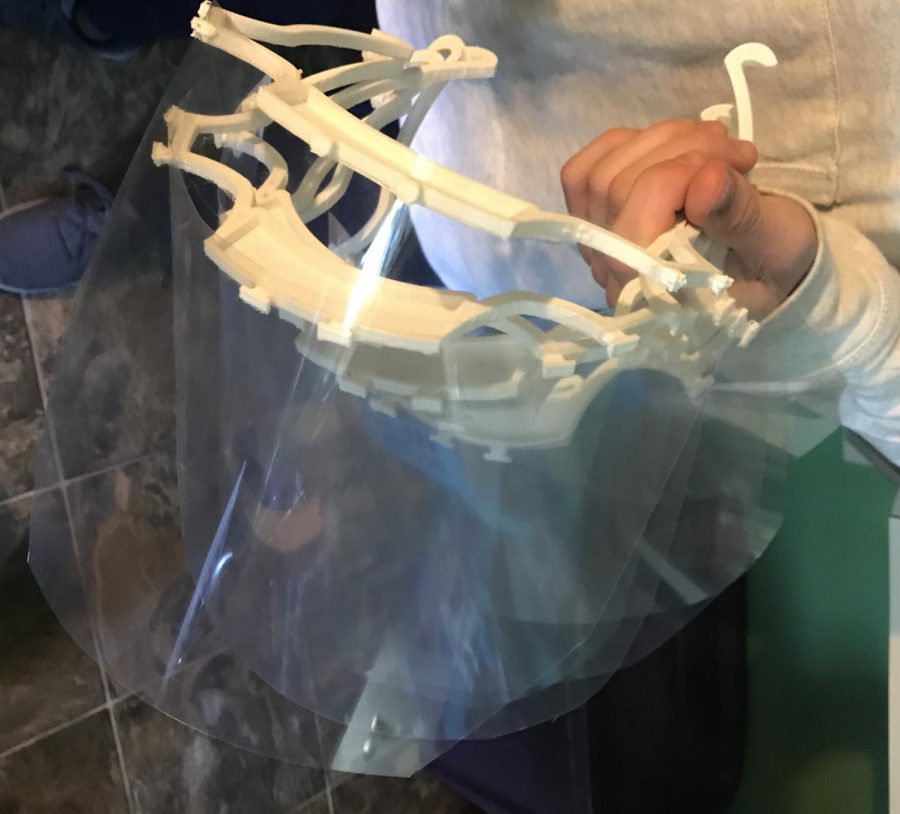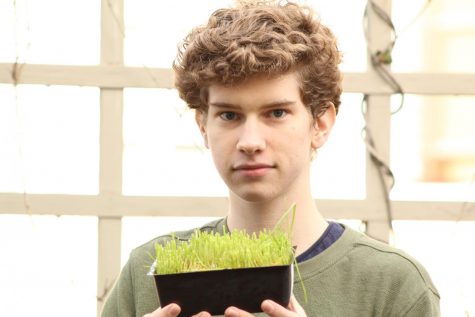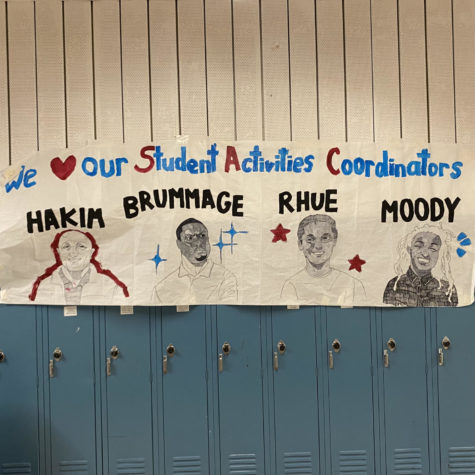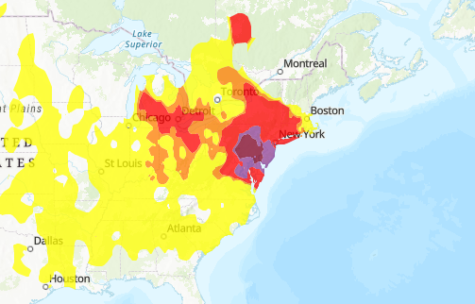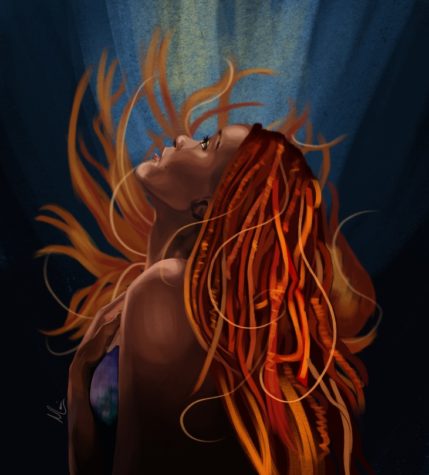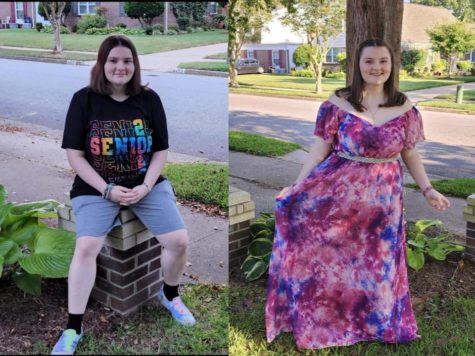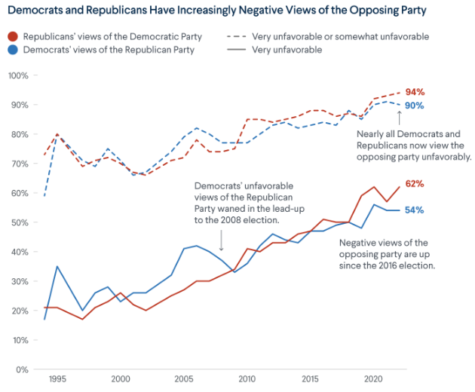Junior Gabe Boyd 3D prints “face shields” for medical workers
May 22, 2020
By John Kibler
As national social distancing guidelines began to lock us away indefinitely in the safety and sanitization of our homes, sophomore Gabe Boyd stumbled across a video on YouTube showcasing 3D printed “face shields” for medical workers treating COVID-19 patients. Owning a 3D printer himself, Boyd found interest in the concept and took action when his dad suggested he use his resources to print personal protective equipment for nurses and doctors. Now, Boyd works in a group with three other high school students to create, design, and distribute these face shields.
The shields themselves are not a replacement for the traditional medical face mask; they are rather a complement. While the mask covers the nose and mouth from the virus, the shield offers an additional layer of transparent protection across the entire face.
“A lot of this project,” said Boyd, “has been me trying to figure out a good design that takes the best features of all of the other shields that are currently out and trying to put it together into one master design.”
The main principle of the mask is simple enough: a 3D printed frame made of PLA plastic that sits on the head and the plastic shield that extends from the frame down past the chin.
“These can be made much cheaper and can be made at home and they have the same protective area, but they are not necessarily as reusable and they are not made out of the same plastic…and they’re not built as well [as commercial models]” said Boyd.
“The commercial face masks that are sold to doctors in normal times, from what I’ve seen,” he said, “are made of glass and protect above the head as well as the face. These only protect the face and as opposed to being made of glass, are made of projector overhead transparencies, which are more flexible and less sturdy than glass is.”
If you remember the old-school projectors that were used before the age of SMART Boards, the plastic used in Boyd’s shields is the same transparent sheet on which teachers drew with Dry-Erase markers to be projected on the wall.
Boyd works on this project in partnership with three other high school students in the area: Jason Qin, who also prints the shields; Swara Chokshi, who coordinates with other organizations; and Jake Long, who designed and now hosts the website: vbfightingcovid.com.
Each mask takes about 50 minutes total to produce, before being distributed to Sentara Virginia Beach. This includes 45 minutes of printing the frame, and only five minutes of assembly.
But the process hasn’t come along without some difficulties, Boyd admits. In addition to working hard to figure out the best design, his printer’s extruder has been clogged twice as a result of using cheap filament, an issue which cost him upwards of eight hours of troubleshooting.
“I ended up just jamming an allen wrench through the entire setup, knocking any bad stuff out of there, and that ended up unclogging it,” Boyd said. “I had to replace a few parts that I damaged, but I got the 3D printer unstuck.”
Boyd has delivered 36 face shields thus far, and has four more frames readily available, because under the current nation circumstances, the community needs all the help it can get.

